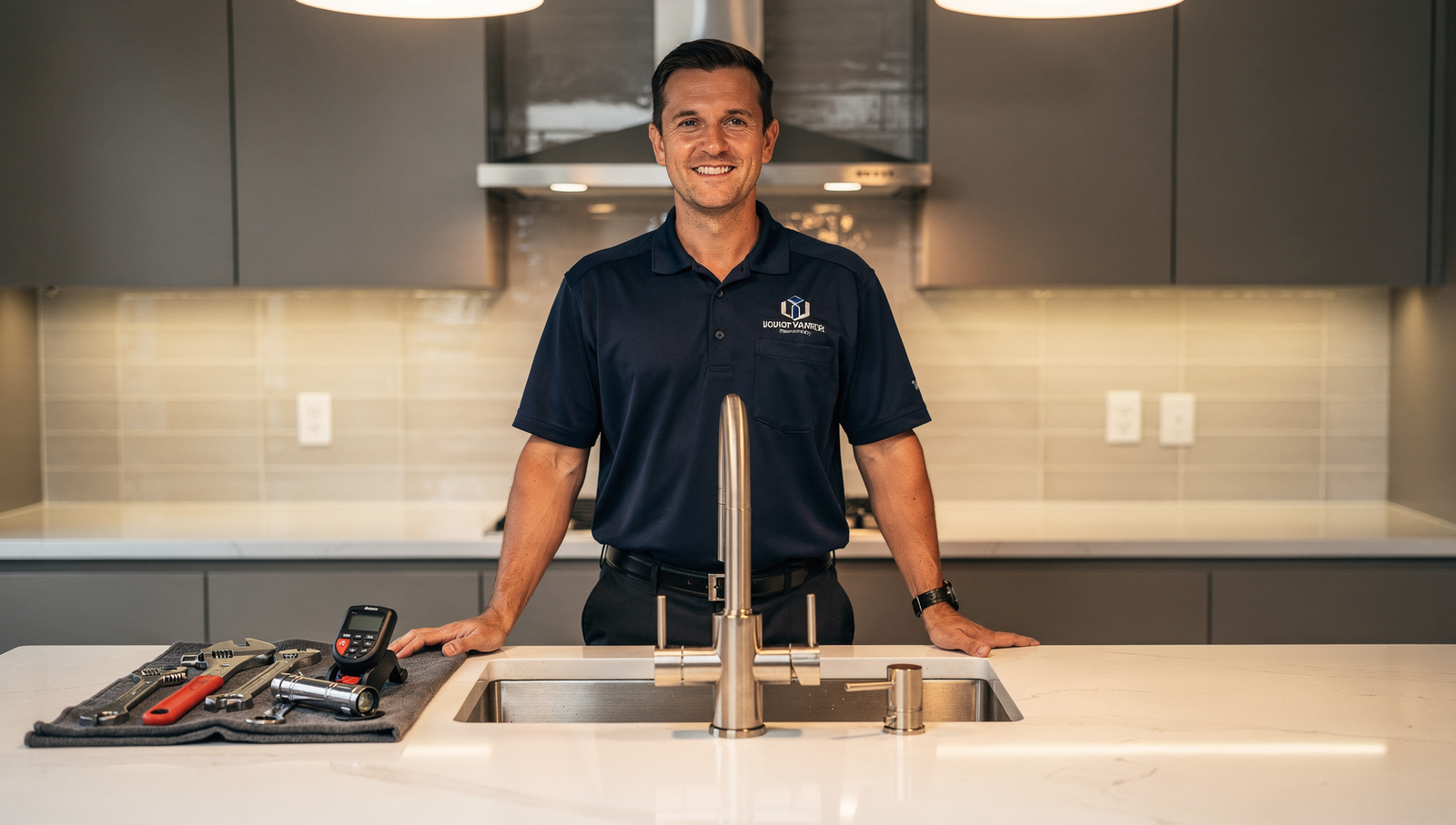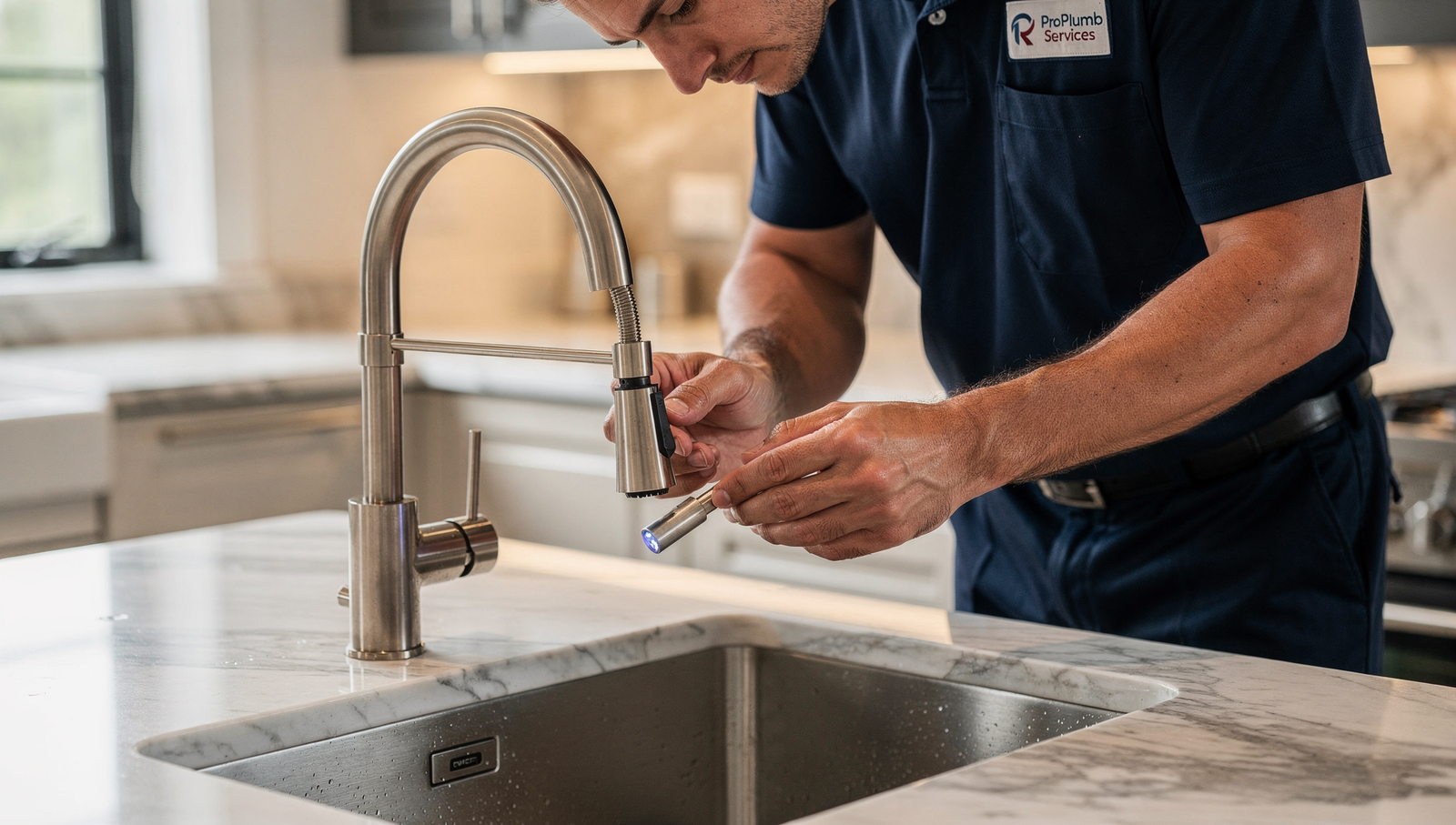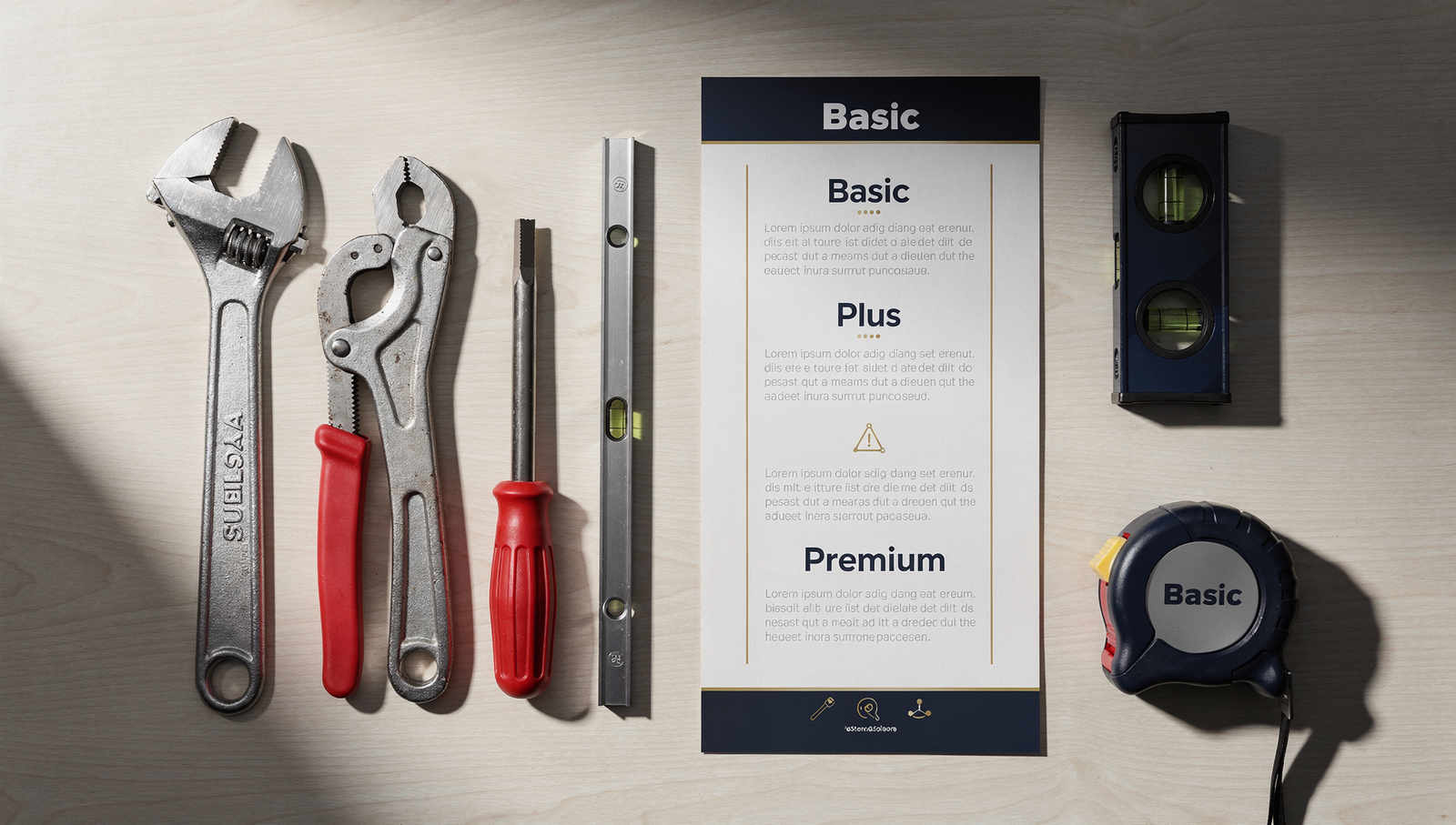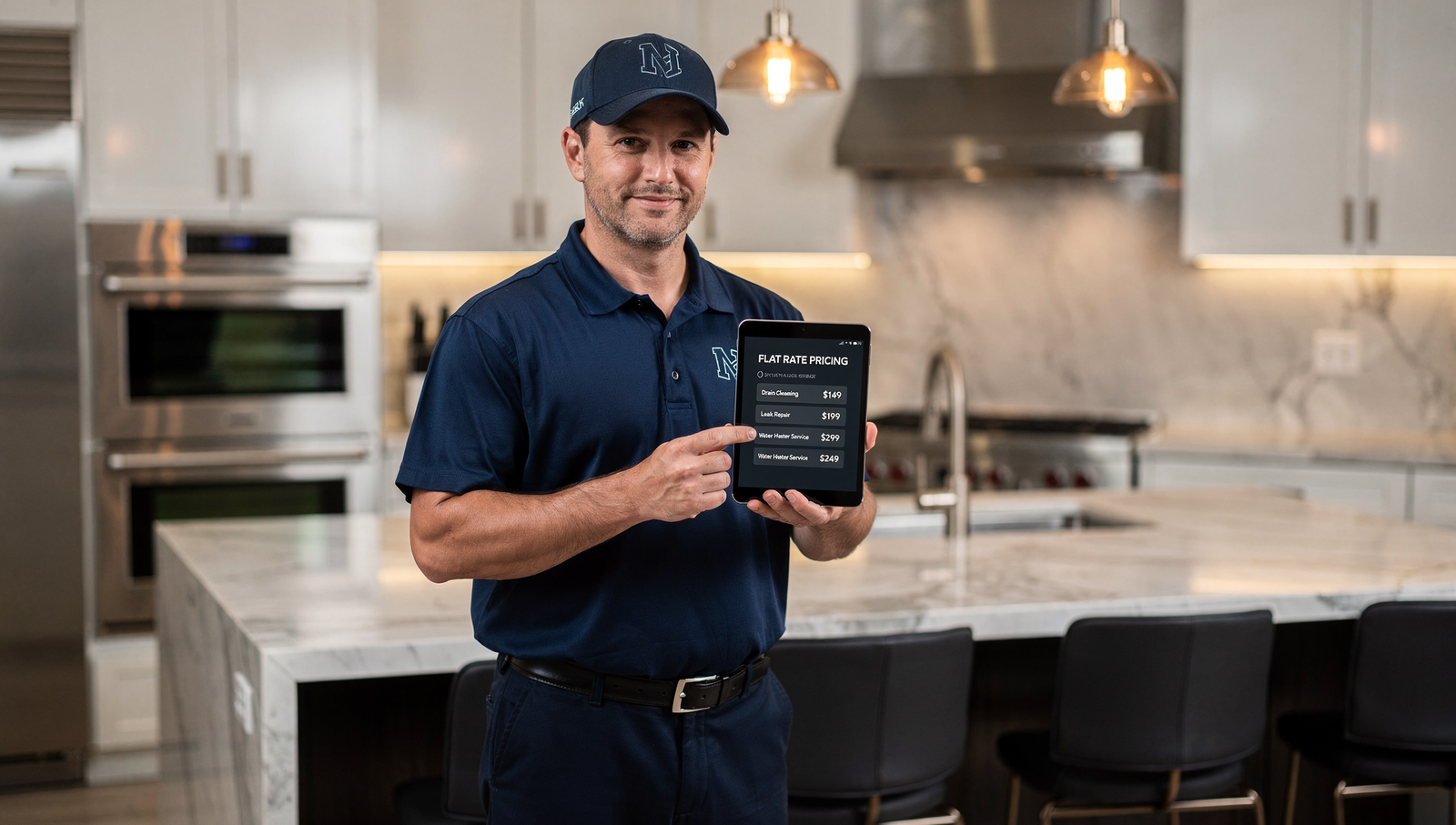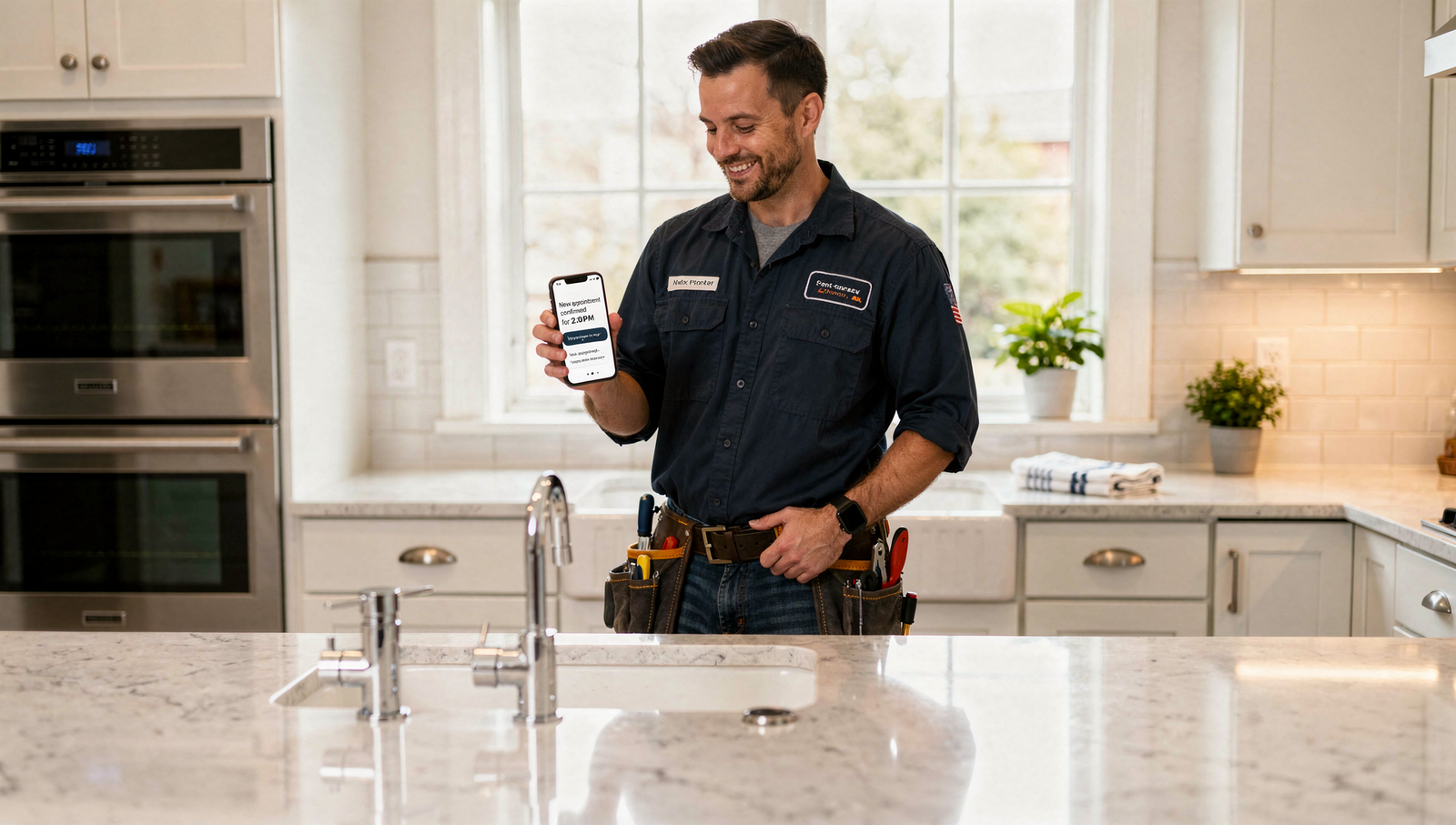How to Generate Inbound Leads: A Realtor’s Guide to Attracting Clients While You Sleep

If you’ve ever wished that clients would just show up in your inbox without you chasing them down, welcome to the world of inbound marketing. Instead of cold calling, door knocking, or spending evenings refreshing Zillow, inbound leads come to you because you’ve built trust, authority, and visibility online. For real estate agents, learning how to generate inbound leads is the difference between always “hustling” and finally building a pipeline that runs on autopilot.
At Digital Dream Homes, we help realtors build luxury websites that don’t just look good but also work behind the scenes to attract buyers and sellers. Let’s break down how you can consistently generate inbound leads with proven strategies, examples, and some data-driven insights.
Why Inbound Leads Matter for Realtors
Outbound tactics like cold calls still have their place, but inbound leads are more cost-effective and scalable. According to HubSpot, inbound marketing costs 61% less per lead than traditional outbound marketing. In real estate, where relationships and reputation mean everything, inbound leads also tend to be higher quality because prospects already trust you before they reach out.
Imagine two scenarios:
Realtor A cold calls 50 homeowners and gets one awkward conversation with someone who isn’t interested.
Realtor B publishes a neighborhood market update blog that ranks on Google. A local homeowner reads it, sees the realtor as an authority, and fills out a “What’s My Home Worth?” form.
Which lead would you rather have? Exactly.
Build a Website That Works for You
Your website is the foundation of inbound lead generation. Think of it as your 24/7 digital storefront. If it’s just a business card site with your photo and phone number, you’re leaving opportunities on the table.
To generate inbound leads, your website should include:
Optimized IDX listings that pull in buyers searching for homes
Clear lead capture tools like a home value calculator or “schedule a consultation” form
SEO-focused blog content that answers questions sellers and buyers are Googling
Landing pages with strong calls to action, designed for conversions
If you’re not sure where to start, check out our guide on the Best Free Tools for Realtors. You’ll discover powerful resources that can help you level up your site without breaking the bank.
Master Content Marketing
Content is the engine that powers inbound leads. Buyers and sellers are constantly searching online for answers, and when your content provides those answers, you earn their trust.
Some content ideas that consistently attract leads:
Neighborhood Guides: Help buyers understand schools, amenities, and market trends in your area.
Market Updates: Sellers want to know what’s happening with home prices and demand.
Educational Blogs: Posts like “Top 5 Mistakes Sellers Make” or “How to Buy a Home with Low Down Payment” show you’re the expert.
Our post on Why Realtors Need Content Marketing breaks this down in more detail, but the key is consistency. Publishing once every six months won’t cut it. Set a goal to publish at least one strong blog post per week, and sprinkle in shorter updates or videos.
Here’s a fun way to think about it: Google is like your picky math teacher. It rewards you for showing your work consistently, not just cramming the night before the test.
Leverage SEO to Be Found First
Content is only powerful if people find it, which is where search engine optimization comes in. SEO ensures your blogs, videos, and landing pages rank when someone searches for terms like “best realtor near me” or “how much is my home worth.”
Key SEO steps for realtors:
Use your city and neighborhood names in headlines and meta descriptions
Build backlinks from reputable sources (local newspapers, chamber of commerce, vendor partners)
Optimize your Google Business Profile with reviews, photos, and weekly updates
Track keywords and traffic to see what’s working
We go deeper into this in our Real Estate SEO Best Practices guide, and we also recommend learning How to Rank Higher on Google Maps if you want to dominate local searches.
Use Social Media as a Funnel, Not a Megaphone
Many agents treat social media like a digital billboard, blasting “Just Listed” posts that fade into the noise. Instead, think of social media as a funnel that brings people back to your website where you can capture leads.
Strategies that work:
Share blog posts and link them back to your website
Post client testimonials as videos or graphics
Use Instagram Stories or Facebook Lives to showcase your personality
Run targeted ads that drive traffic to specific landing pages
If you’re deciding where to invest, our post on Facebook Ads vs Google Ads for Realtors compares both options and helps you decide which one aligns best with your goals.
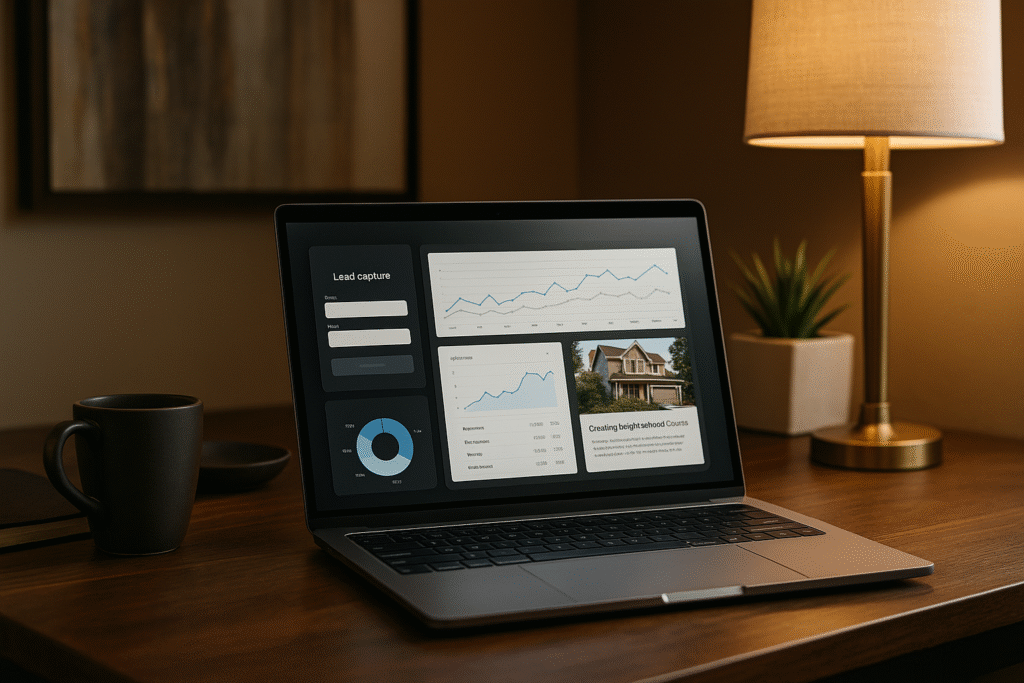
Create Irresistible Lead Magnets
A lead magnet is a piece of value that people are willing to exchange their contact info for. In real estate, this could be:
A “Home Seller’s Guide for 2025”
A market report with local stats
An interactive home value tool
A downloadable PDF like our Real Estate Blog Post Ideas guide, which can double as content for your newsletter
The trick is to make it specific and useful. A generic “sign up for updates” form rarely works. But a form offering “Your Home’s Value in 60 Seconds” will get clicks.
Automate Your Follow-Up
Attracting leads is only step one. If you don’t respond quickly, you’ll lose them to the next agent. According to InsideSales, 50% of buyers choose the agent who responds first.
Set up automated email and text sequences that trigger when someone fills out a form. Personalize them as much as possible. For example:
Email 1: Thank them and deliver the resource
Email 2: Share a client success story
Email 3: Invite them to schedule a call
Our Comprehensive Seller Lead Follow-Up Guide for Real Estate Agents gives you a complete roadmap for turning cold leads into warm conversations.
Measure, Refine, and Scale
Inbound lead generation is not “set it and forget it.” It’s more like tending a garden. You plant seeds (content), nurture them (SEO, follow-up), and over time you harvest results.
Track these metrics:
Website traffic and which blogs drive the most visits
Lead form conversions
Email open and click-through rates
Which traffic sources (Google, Facebook, referrals) bring the most leads
Then refine your strategy. If a blog topic is crushing it, write more on that subject. If a landing page isn’t converting, tweak the copy or design. Over time, small adjustments compound into massive results.
Ready to Attract More Clients?
Learning how to generate inbound leads isn’t just about saving money on advertising. It’s about building a business where your ideal clients seek you out because you’re the trusted expert in your market. With the right website, content, SEO, and follow-up systems, you’ll start noticing that conversations shift from you chasing clients to clients chasing you.
At Digital Dream Homes, we specialize in building luxury real estate websites designed to generate leads on autopilot. If you’re ready to stop cold calling and start attracting sellers and buyers who actually want to work with you, book a free consultation today. Let’s build you a website that works as hard as you do.
Matt Pieczarka
Want a Free Website Audit?
Fill out your information below and we will send you a personal screen share video of tips on how to make your actual website better!
See How Many Closings You're Losing to Zillow!
Click Here to Use our Calculator to See How Many Clients Zillow is Taking From You Per Year!
7 Storytelling Plays That Turn Plumbing Websites Into Lead Machines
7 Storytelling Plays That Turn Plumbing Websites Into Lead Machines Facebook X LinkedIn Threads Email The tricks learned in this video and blog post have gotten one of our clients
9 Plumbing Company Branding Strategies That Get More Calls
9 Plumbing Company Branding Strategies That Get More Calls Facebook X LinkedIn Threads Email The tricks learned in this video and blog post will help you get your brand to as many
7 Plumbing Membership Plans Benefits That Boost Profit
7 Plumbing Membership Plans Benefits That Boost Profit Facebook X LinkedIn Threads Email The tricks learned in this blog post have increased recurring revenue for one of our plumbi
7 Plumbing Services Pricing Tiers That Sell Like Crazy
7 Plumbing Services Pricing Tiers That Sell Like Crazy Facebook X LinkedIn Threads Email The tricks learned in this video and blog post have gotten one of our clients an average of
7 Plumbing Service Pricing Strategies To Boost Profit
7 Plumbing Service Pricing Strategies To Boost Profit Facebook X LinkedIn Threads Email The tricks learned in this video and blog post have gotten one of our clients an average of
7 Plumbing Maintenance Agreement Strategies That Drive Revenue
7 Plumbing Maintenance Agreement Strategies That Drive Revenue Facebook X LinkedIn Threads Email Most plumbers leave recurring revenue on the table. These maintenance agreement str
AI Tools for Plumbing Businesses That Book Jobs 24/7
AI Tools for Plumbing Businesses That Book Jobs 24/7 Facebook X LinkedIn Threads Email The AI tricks learned in this blog post have gotten one of our plumber clients an average of
Hiring Plumbers And Onboarding Program For Rockstar Crew Growth
Hiring Plumbers And Onboarding Program For Rockstar Crew Growth Facebook X LinkedIn Threads Email The strategies in this blog post helped one of our plumbing clients cut onboarding
7 SMART Goals For Plumbing Growth In 90 Days
7 SMART Goals For Plumbing Growth In 90 Days Facebook X LinkedIn Threads Email The strategies in this blog post helped one of our clients get organized and grow his plumbing busine

